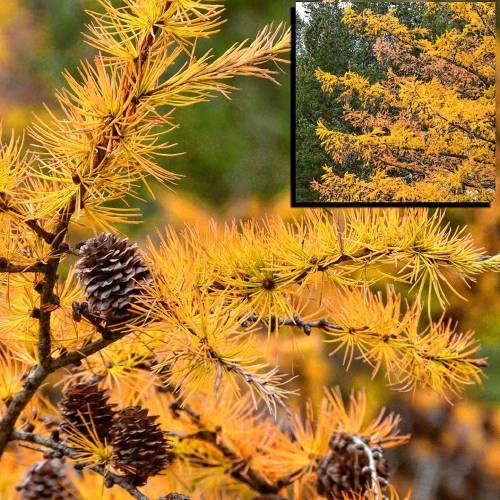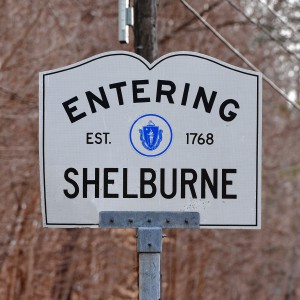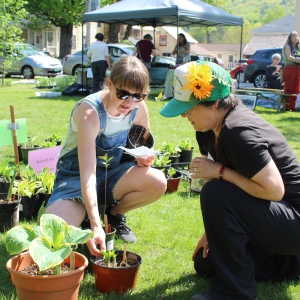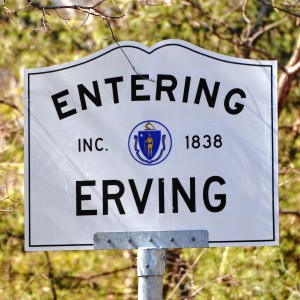Speaking of Nature: Learning about larch trees: The non-evergreen evergreen that sleeps during the winter isn’t dead at all

The American larch stands out from other trees at this time of year. From a distance (inset), the larch is covered with golden needles. Up close, the tree is also seen to have hundreds of small cones. PHOTO BY BILL DANIELSON
| Published: 11-27-2023 9:00 AM |
As November comes to a close, we find ourselves just three weeks away from the official arrival of winter. Many of us have seen our first snowflakes already, and last week we had a wintry mix that may have added a smidgen of anxiety for anyone traveling for Thanksgiving.
For the most part, however, things have been proceeding right on schedule. The weather patterns are all falling into place, and the approach of winter is going to be gradual and, I think, quite pleasant.
Included among the “normalcy” of the season has been the opportunity to go for long walks on the quiet rural road where I live. My beautiful wife, Susan, and I like to take our afternoon constitutionals in the same direction every time, and we alternate between walking at a robust pace to get the cardio going and a slower pace that is more conducive to holding hands. Regardless of the exact nature of our walk, we are seldom required to move aside for passing cars. Some days we can walk down the middle of the road and never see another soul.
Not too far from Casa Danielson there is a wonderful line of American larch trees (Larix laricina).
Also known as the tamarak, the larch is a conundrum for some because it is a needle-bearing tree (sometimes grouped together and called “evergreens”) that is deciduous. Basically, it is a non-evergreen evergreen.
The leaves of the larch (also referred to as needles) are long and slender like those of different species of pine trees and spruce trees, but the needles are wonderfully soft and flexible when they are green. Thus, they are needle-shaped, but they do not poke, jab, or sting like the needles of pines and spruces.
They are, however, distinctly coniferous, and larch trees are also cone-bearing trees. Pines, spruces, firs and hemlocks all produce cones for the purposes of protecting their seeds and larch trees fit nicely into this group.
There are two different types of cones produced early in the year. Male cones are more like flowers, and they are small, soft and covered with golden-yellow pollen. This is released into the air on dry, windy days, and it disperses into the world in the hopes of falling onto a female cone. These are larger, purplish and erect on the branches of the larch. The male cones fall off the tree almost immediately, but the female cones darken and harden as they ripen. Eventually, they open up to release their seeds into the world. A large larch tree can have hundreds or thousands of these small cones.
Article continues after...
Yesterday's Most Read Articles
 Serious barn fire averted due to quick response in Shelburne
Serious barn fire averted due to quick response in Shelburne
 Bridge of Flowers in Shelburne Falls to open on plant sale day, May 11
Bridge of Flowers in Shelburne Falls to open on plant sale day, May 11
 Political newcomer defeats Shores Ness for Deerfield Selectboard seat
Political newcomer defeats Shores Ness for Deerfield Selectboard seat
 Roundup: Pioneer baseball wins Suburban League West title following 2-0 win over Hopkins
Roundup: Pioneer baseball wins Suburban League West title following 2-0 win over Hopkins
 As I See It: Between Israel and Palestine: Which side should we be on, and why?
As I See It: Between Israel and Palestine: Which side should we be on, and why?
 Employee pay, real estate top Erving Town Meeting warrant
Employee pay, real estate top Erving Town Meeting warrant
In the fall, when the temperature and light levels begin to fall, the needles of the larch will turn from a lovely blue-green to an even more gorgeous golden yellow color. It is in the fall that the larch tree really stands out as being particularly beautiful, but it doesn’t last forever. Larch trees hold onto their needles for a long time, but eventually the conditions of cold and stormy winter weather will strip the needles from the trees.
Larch trees that have lost their needles do look particularly straggly and “unwell,” but they are very much alive and they are simply waiting for spring to put out new needles. The trees are not dead and they shouldn’t be cut down. They are simply “sleeping” during the winter and they will wake up just like our local maples, oaks and birches. So, I implore you, don’t cut down “dead” larch trees in winter. They aren’t dead at all.
The larch tree is a valuable food source for many different wildlife species. There is an insect called a “larch sawfly” that will use the larch as a food source for its larvae. These caterpillars then attract birds like white-throated sparrows, common yellowthroats and Nashville warblers. The seeds of the larch are an attractive food source for pine siskins and red squirrels, ruffed grouse will eat the needles and buds, and porcupines will eat the inner bark.
If a larch tree is cut down, the timber is valued for being durable and waterproof. Larch planks have been used in the construction of boats and larger fishing vessels, while larch posts have been used to make fences. I couldn’t find any other uses listed on the internet, but then I was able to turn to the volumes stored in my personal library, and I immediately went to Agriculture Handbook #654 (published in 1990), which contained some wonderful information.
The Native American peoples of Alaska and northern Canada used to use young larch stems for making the runners for sleds and for making fish traps. In Alberta, the young branches were often used to make duck decoys. Native peoples also used the fine rootlets for sewing birch bark, the wood for making arrow shafts, the bark for teas and various medicines and larch sap (called “gum”) to heal wounds.
There is still plenty of time to head out for a weekend drive and search for larch trees growing by the road. They stand out among the other trees because of their golden appearance and, when combined with a warm mug of hot chocolate, this could actually be a fun family activity. Perhaps you could start a tradition of a good old-fashioned larch hunt as part of your family lore. Take notes on where you find them and go back year after year to check on their progress while also looking for more.
Bill Danielson has been a professional writer and nature photographer for 26 years. He has worked for the National Park Service, the US Forest Service, the Nature Conservancy and the Massachusetts State Parks and he currently teaches high school biology and physics. For more in formation visit his website at www.speakingofnature.com, or go to Speaking of Nature on Facebook.

 Speaking of Nature: Indulging in eye candy: Finally, after such a long wait, it’s beginning to look like spring is here
Speaking of Nature: Indulging in eye candy: Finally, after such a long wait, it’s beginning to look like spring is here Celebrating ‘Seasonings’: New book by veteran preacher and poet, Allen ‘Mick’ Comstock
Celebrating ‘Seasonings’: New book by veteran preacher and poet, Allen ‘Mick’ Comstock Faith Matters: How to still the muddy waters of overthinking: Clarity, peace and God can be found in the quiet spaces
Faith Matters: How to still the muddy waters of overthinking: Clarity, peace and God can be found in the quiet spaces A time for every purpose under heaven: Free sing-a-long Pete Seeger Fest returns to Ashfield, April 6
A time for every purpose under heaven: Free sing-a-long Pete Seeger Fest returns to Ashfield, April 6
